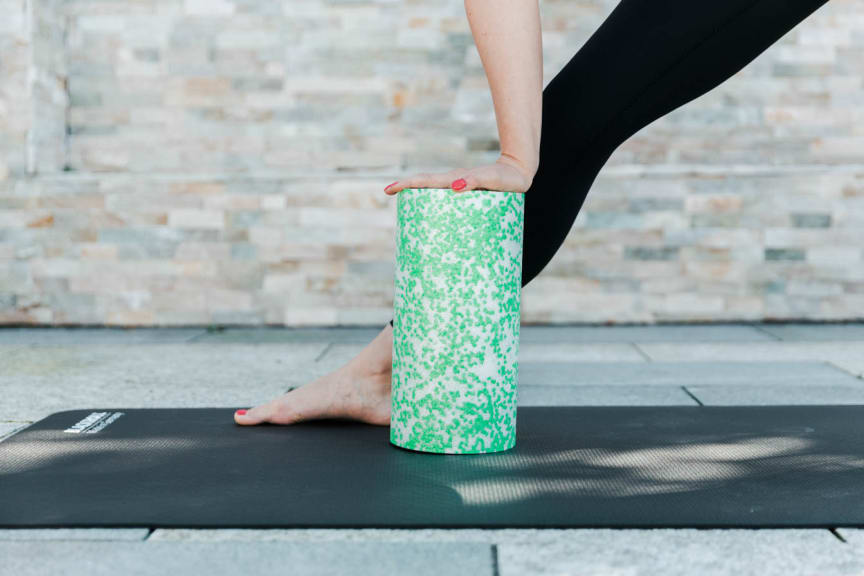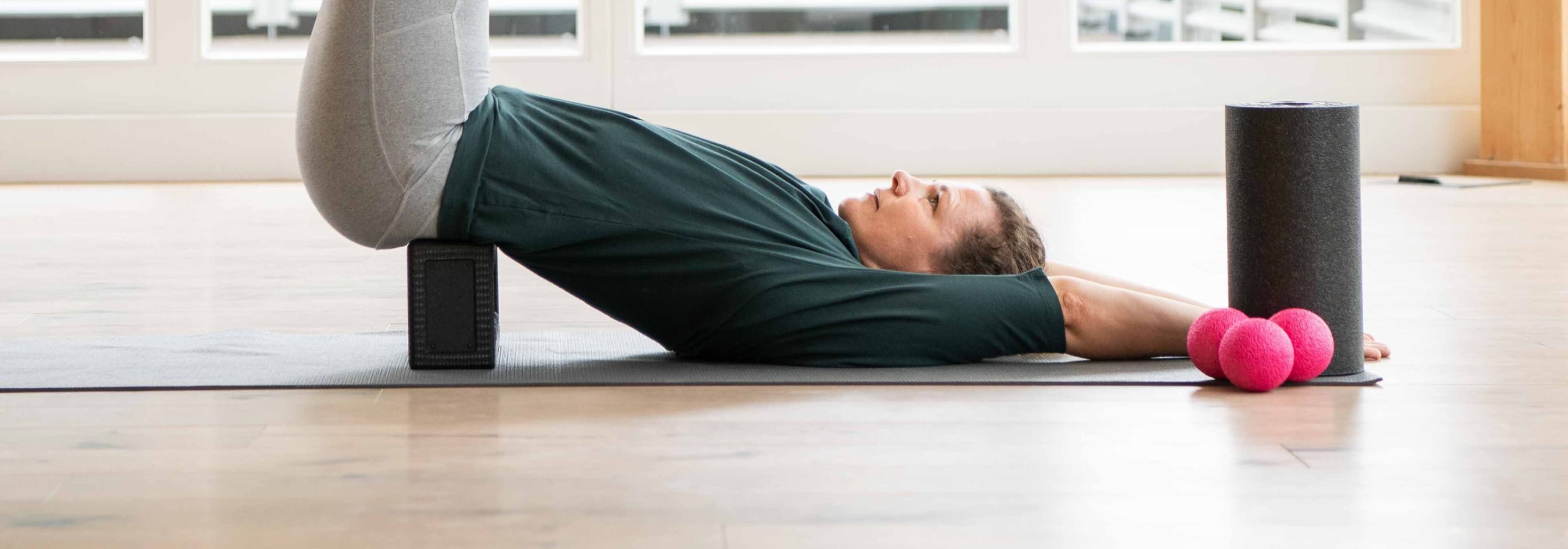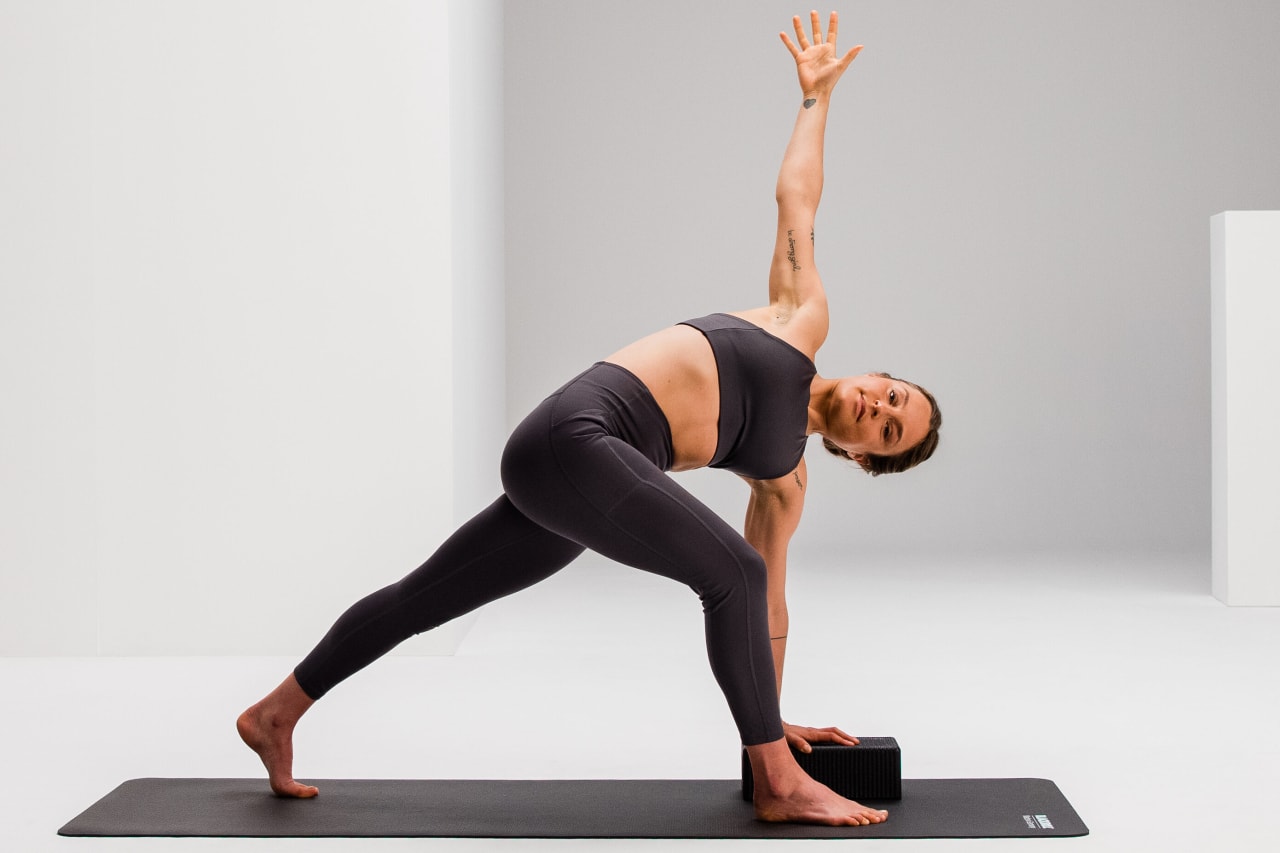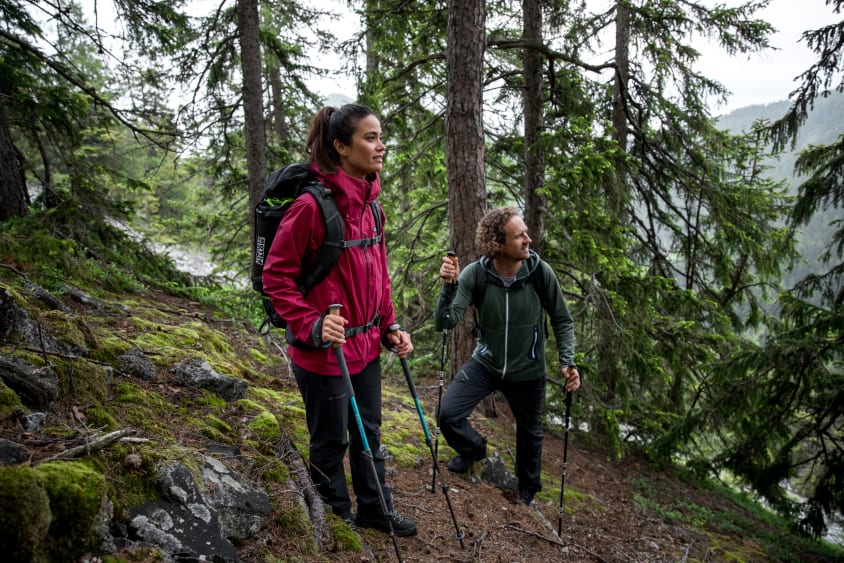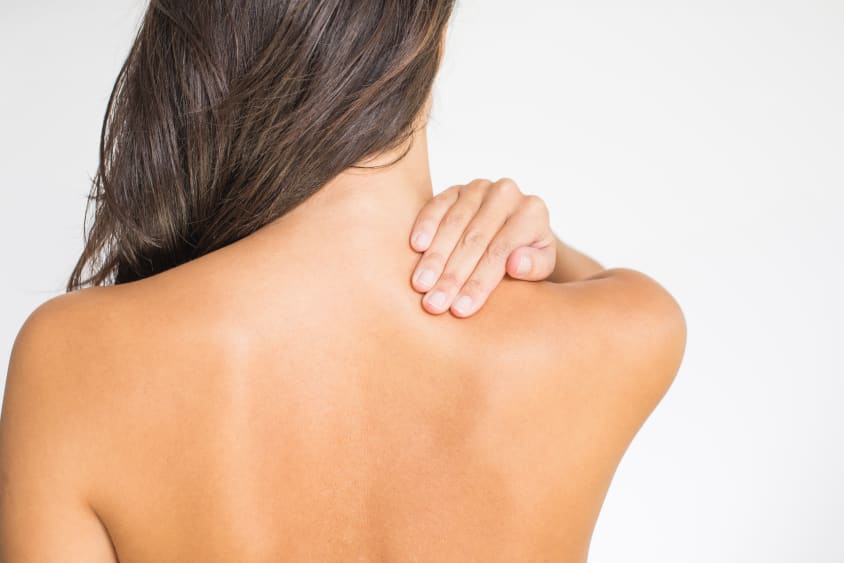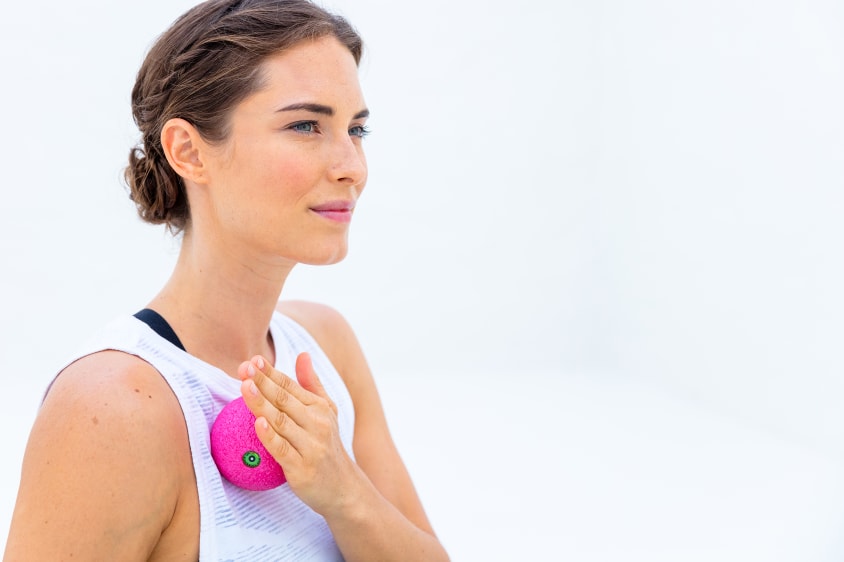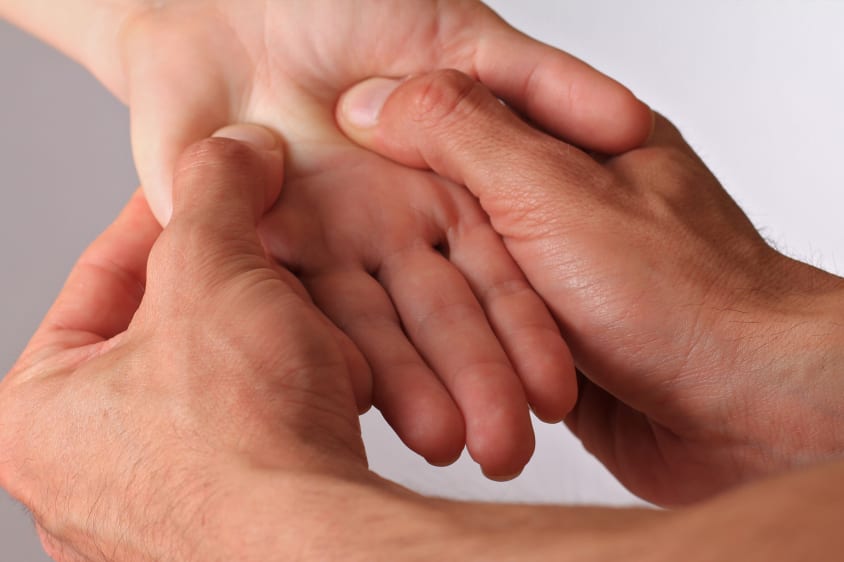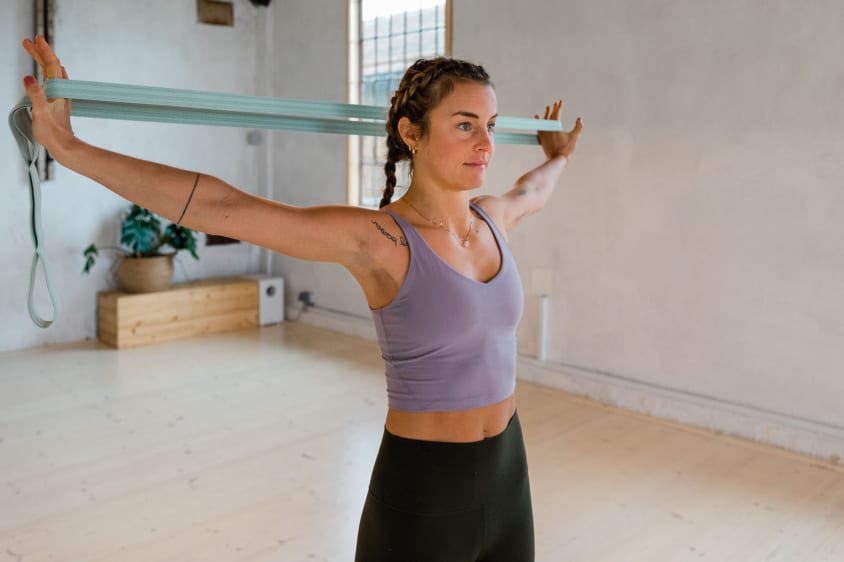
Fascia yoga

Fascia yoga trains the whole body to make it more flexible and supple. The principle is simple: Yoga movements stretch fascial strands, rendering them more moist and supple. This article details what fascia yoga is, its effects and what yoga and fascia training have in common.
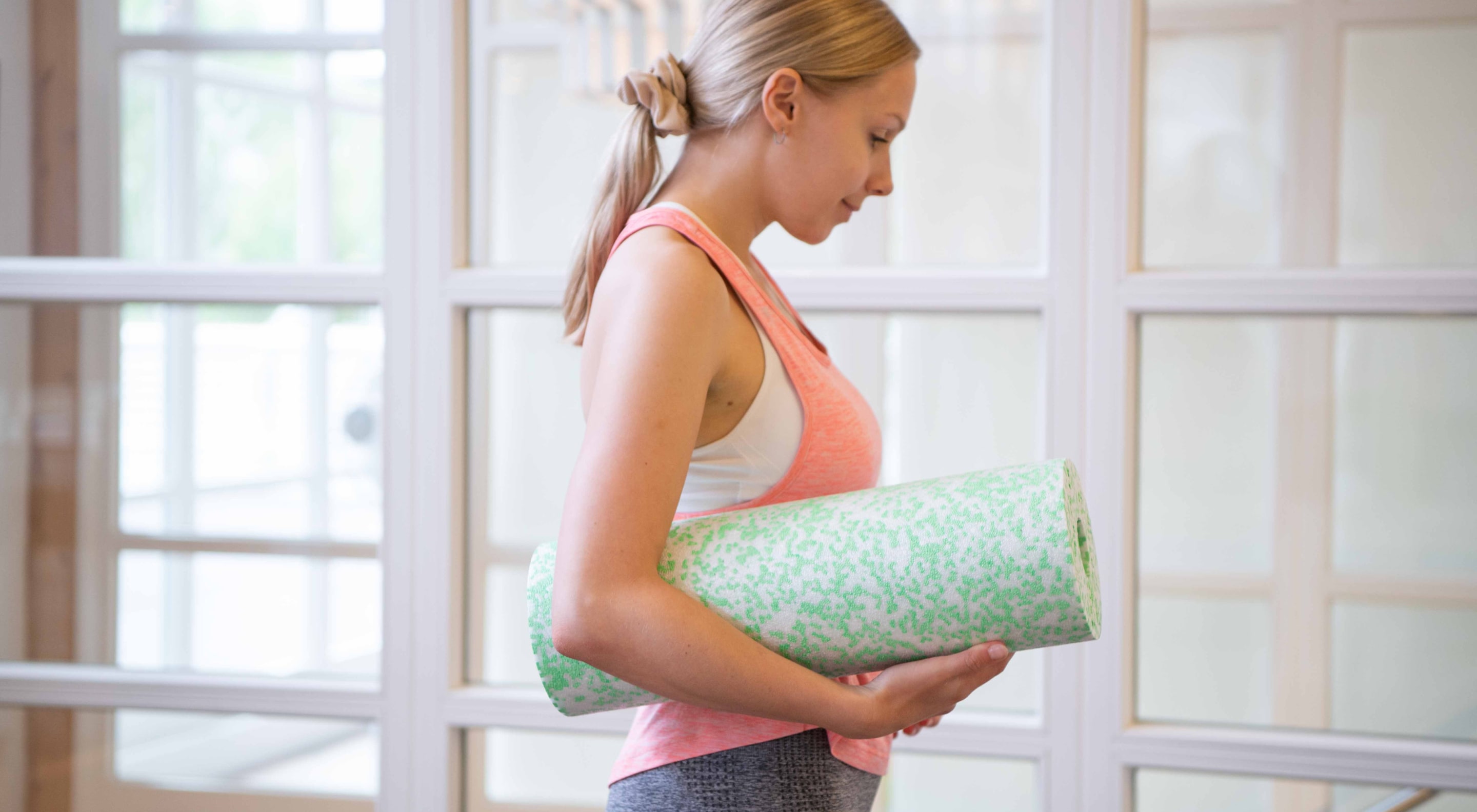
What is fascia yoga?
Fascia have always been a part of the body. Until relatively recently, no attention was paid to them. These connective tissue structures envelop and permeate almost every structure in the body. They penetrate and surround muscles, blood vessels, nerve pathways and bones, supporting the organs.
This connective tissue plays a central role in fascia yoga. Recently undertaken research on fascia provides scientific evidence for what yogis have experienced for millennia.
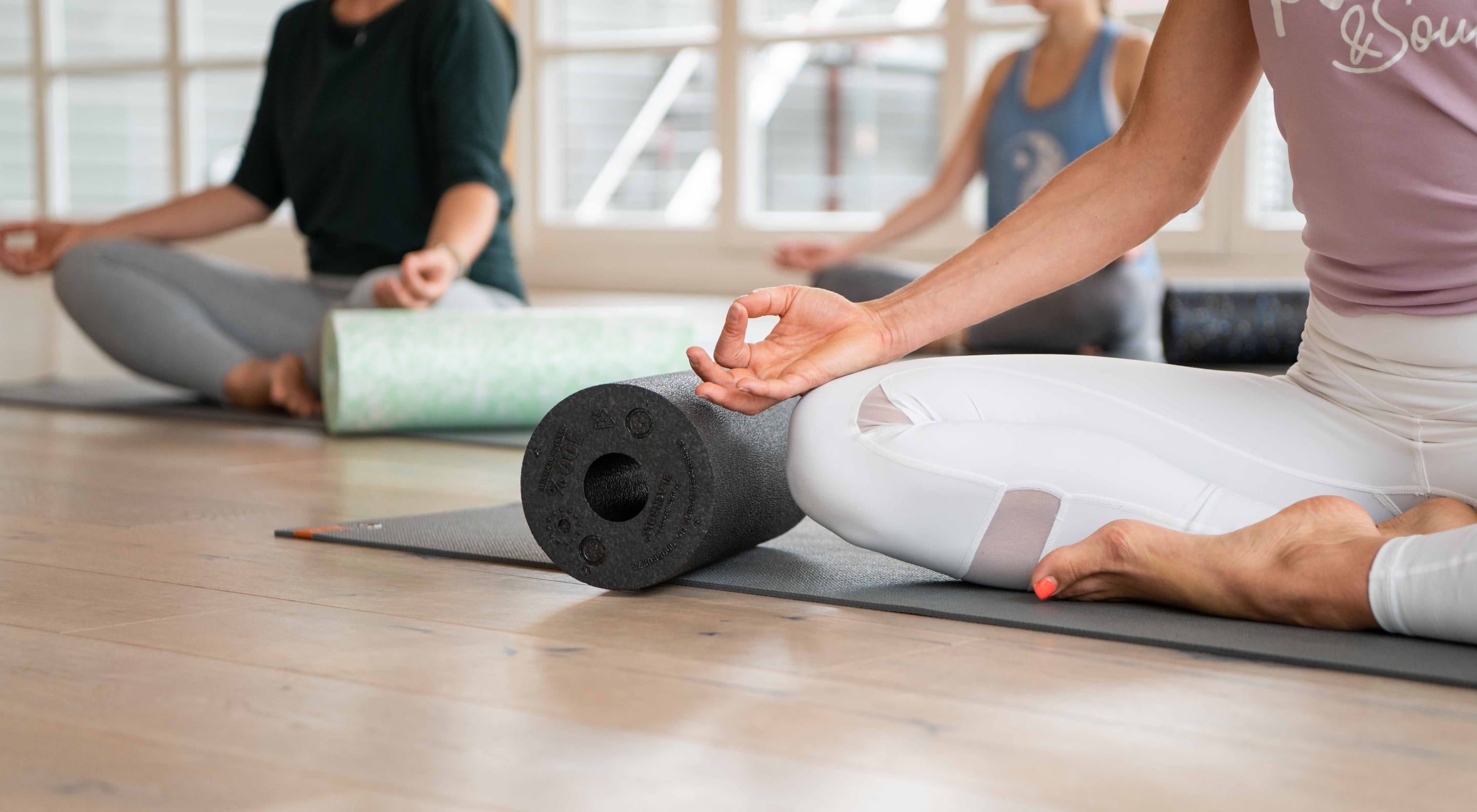
What is the difference between fascia yoga and traditional yoga?
No clear differentiaion is made. Classic yoga is a holistic life and movement philosophy originating in ancient India, incorporating mental and physical elements. This means that you already train your fascia practising classic yoga. Yin yoga has an especially positive effect on connective tissue.
The essential difference between fascia and traditional yoga is the intention involved with its practice. In fascia yoga, the focus is on the connective tissue (the fasciae), whereas traditional yoga focusses primarily on energetic, physical and psychological effects.
Fascia yoga requires specific body positions (asanas) and movement sequences (vinyasa) that are particularly beneficial for the fascia network. In addition, fascia rollers & fascia balls are used.

Which types of movement are involved in fascia yoga?
A fascia yoga session consists of different modules. Each of these areas has a specific effect on your fasciae. This trains the connective tissue in a holistic way, keeping your body supple.
Tension is relieved by self-massage
Self-massage exerts targeted pressure on the connective tissue. The fasciae are pressed out like a sponge, then filling themselves with nutrient-rich fluid. Tissue adhesions are loosened. The tissue becomes supple and predisposed for stretching. You can use a fascia roll or fascia ball for this massage.
Fascial stretching: stretching long fascial strands
Fasciae like to be stretched in every direction. Knowing that a variety of muscle/fascia strands criss-cross your body, you can perform yoga positions (asanas) in a more "fasciae oriented" way. For example, you can exert maximum tension in the rear fascial strand when you round your back when bending forward, pulling your chin down to your chest.
Elasticity: training elastic fascial components
The fascia can store kinetic energy and release this. Just like a spring or rubber band. Experts call this the "catapult effect". Fascia yoga implements flexing and swinging movements to keep your fascia network elastic and supple. These movements are rarely practised in traditional yoga.
Body awareness through concentrated movements
The fascia have six times more sensitive nerve endings than muscles. This makes them one of the body’s most important organs of perception. The fascial network includes different types of receptors that are stimulated according to the movement made. Fascial training is more effective when you vary your movements. "Listening" to your body is very important when practising fascia yoga.
Strong & stable with fascia yoga
The forward deep fascial strand supports and stabilises your body during every movement. Strengthening the middle part of the body is an important part of fascia yoga. The tree position is a traditional yoga position helping to stabilise the body. Balance on one leg, placing the other foot on the inside of the standing leg.
Breathing during fascia training
The diaphragm is a sheet of muscle and tendons separating the abdomen from the chest. These muscle fasciae are tensed and relaxed when you inhale or exhale. Rhythmically tightening and contraction changes the pressure on the entire fascial network. Breathing is a vital element of fascia yoga. During your next yoga session, feel how your breathing changes how you feel.
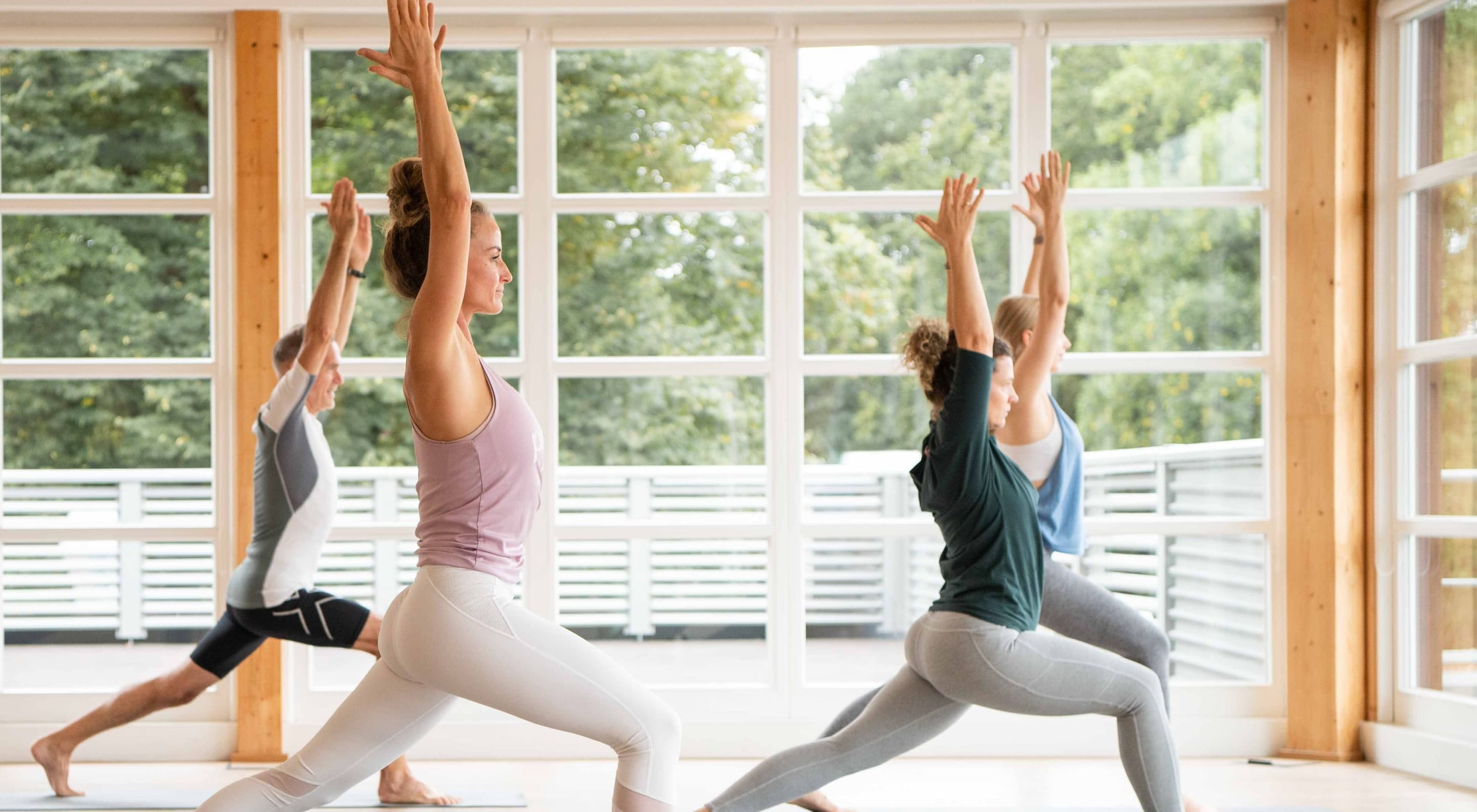
Which effects does fascia yoga have?
Fascia yoga restores balance to your entire fascial system. To achieve this, you should choose exercises from different categories and use all the important muscle-fascia strands.
Fascia yoga
- Keeps the body elastic and supple.
- Maintains stability and resistance.
- Benefits physical well-being and the sensomotoric system.
- Can help to ease pain and tension.
In addition, fascia yoga gives you all the positive effects you have from traditional yoga.
- Yoga improves mobility, balance and strength.
- Yoga helps you to relax.
- Yoga energises and puts you in a good mood.
- Yoga can help to relieve stress and fear.
Which groups benefit from fascia yoga?
As is often the case with yoga, intentions influence the effect of the exercise. Yoga for the back is intended to prevent back pain. The primary goal of fascia yoga is: keeping the connective tissue supple. Persons whose bodies are not really supple benefit from this type of yoga. It has a preventive effect, maintaining physical mobility well into old age. Try it out and see for yourself.



